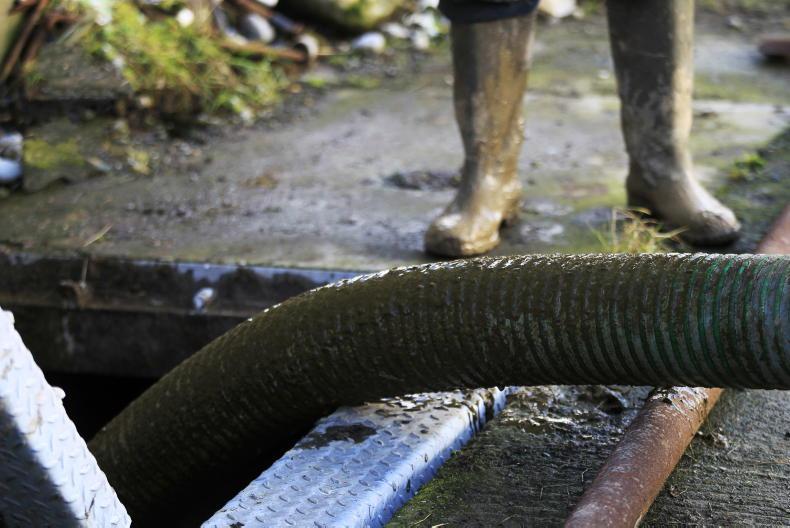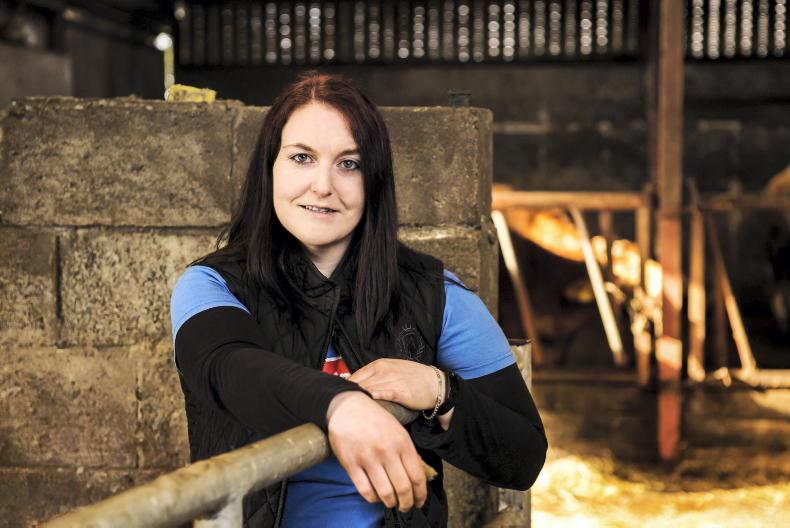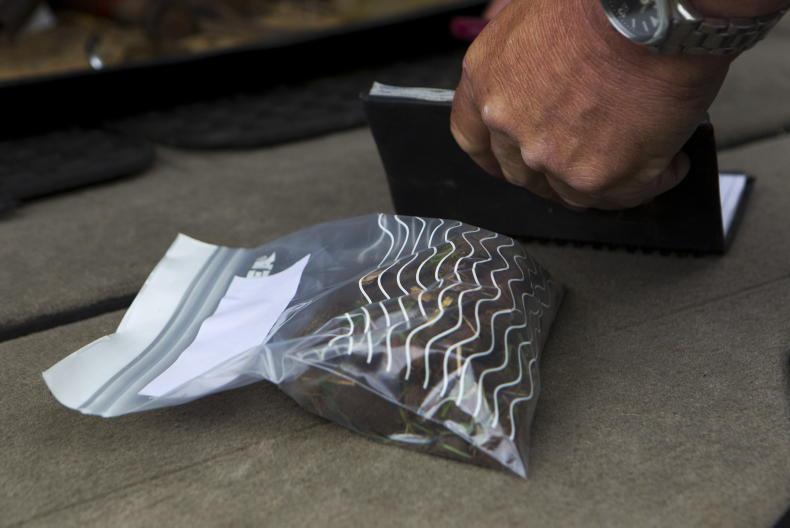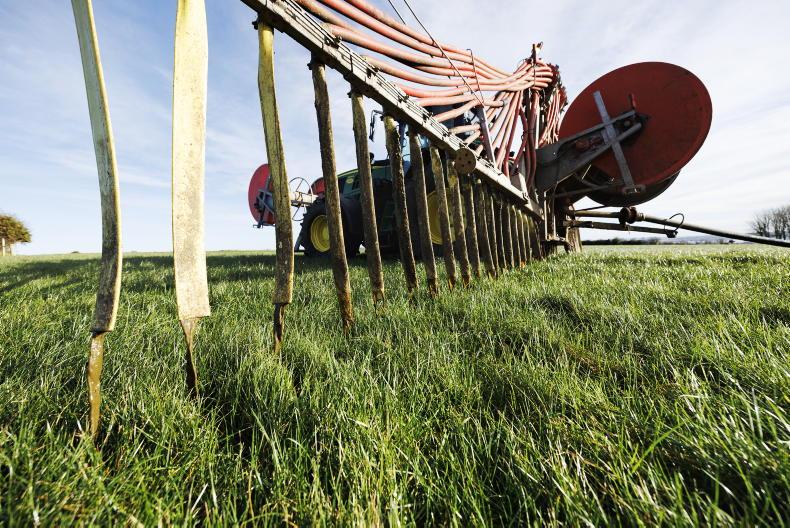Weather
After a week of very heavy rain, winter seems to have come early. The outlook for the next week is for a continuation of wet weather. The net effect is that grazing will become challenging for all farmers.
Those on low lying and heavy land will have no choice but to house on a full or part-time basis, while those on drier land will have to pick and choose where to go, allocate in 12 hour breaks, use on/off grazing where necessary and make use of spur roads and multiple access points to get grass into cows.
There are big benefits of keeping grass in the diet for as long as possible. It keeps milk yield and lactose levels up, and dramatically reduces feed costs.
There is a tipping point though between doing damage to land and eating too much grass in the autumn, meaning there’s not enough for the spring.
This tipping point will be different for each farm depending on stocking rate and calving date and how early cows can go out grazing. For most farmers on dry land there is about three to four weeks of grass ahead of cows.
Nitrates
The full impacts of banding are only dawning on many farmers now. Thousands of dairy farmers that were not in a nitrates derogation will be forced into one next year.
For another cohort of farmers that were already in derogation, banding could force them out of it, which is a far worse position.
Equally, when the upper limit drops from 250kg/ha to 220kg/ha, thousands of more farmers are going to be forced out of derogation too. That is unless they reduce cow numbers or get extra land.
All dairy farmers need to first work out what band they are going to be in. It’s based on average milk yield per cow over the previous three years. For next year that will be 2020, 2021 and 2022.
The best place to find this is by downloading nitrates stock reports on ICBF Herdplus (only 30% of dairy farmers are on Herdplus). This will show average cow numbers (milking and dry/cull cows). The co-op performance report is not accurate on cow numbers.
Divide average dairy cow numbers into total milk sold in kilos (multiply litres by 1.0297 to get kilos).
Those above 6,500kg are now in band three with 106kg N/cow, those between 4,500kg and 6,500kg will be at 92kg N/cow while those less than 4,500kg will be at 80kg/cow. Dividing the band into 250kg will give the maximum stocking rate permitted.
Many farmers in the middle and top band will exceed the 250kg threshold based on current stock numbers, while many thousands more will exceed the incoming 220kg threshold in 2024.
Economic analysis will probably show that getting more land will trump reducing cow numbers.
Winter milk
On pages 48 and 49 Teagasc winter milk specialist James Dunne writes about improving feed efficiency in winter milk herds this winter. The key thing is to match concentrate feed intake to silage quality and milk yield.
He suggests that too many farmers focus on satisfying the nutritional requirements of the highest yielding cows in the herd and ignore the fact that 80% of the herd are producing significantly less and don’t need as much meal.










SHARING OPTIONS